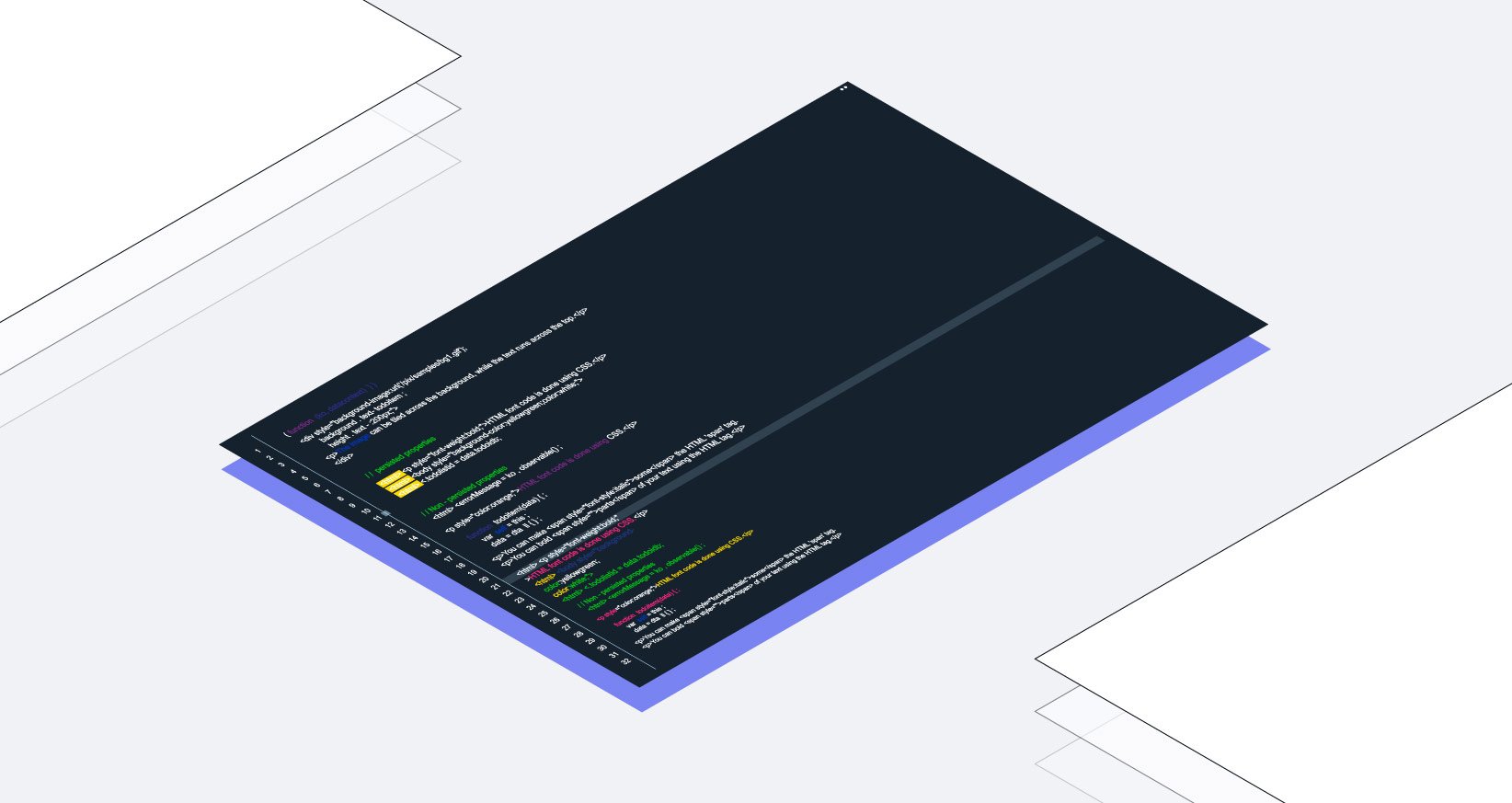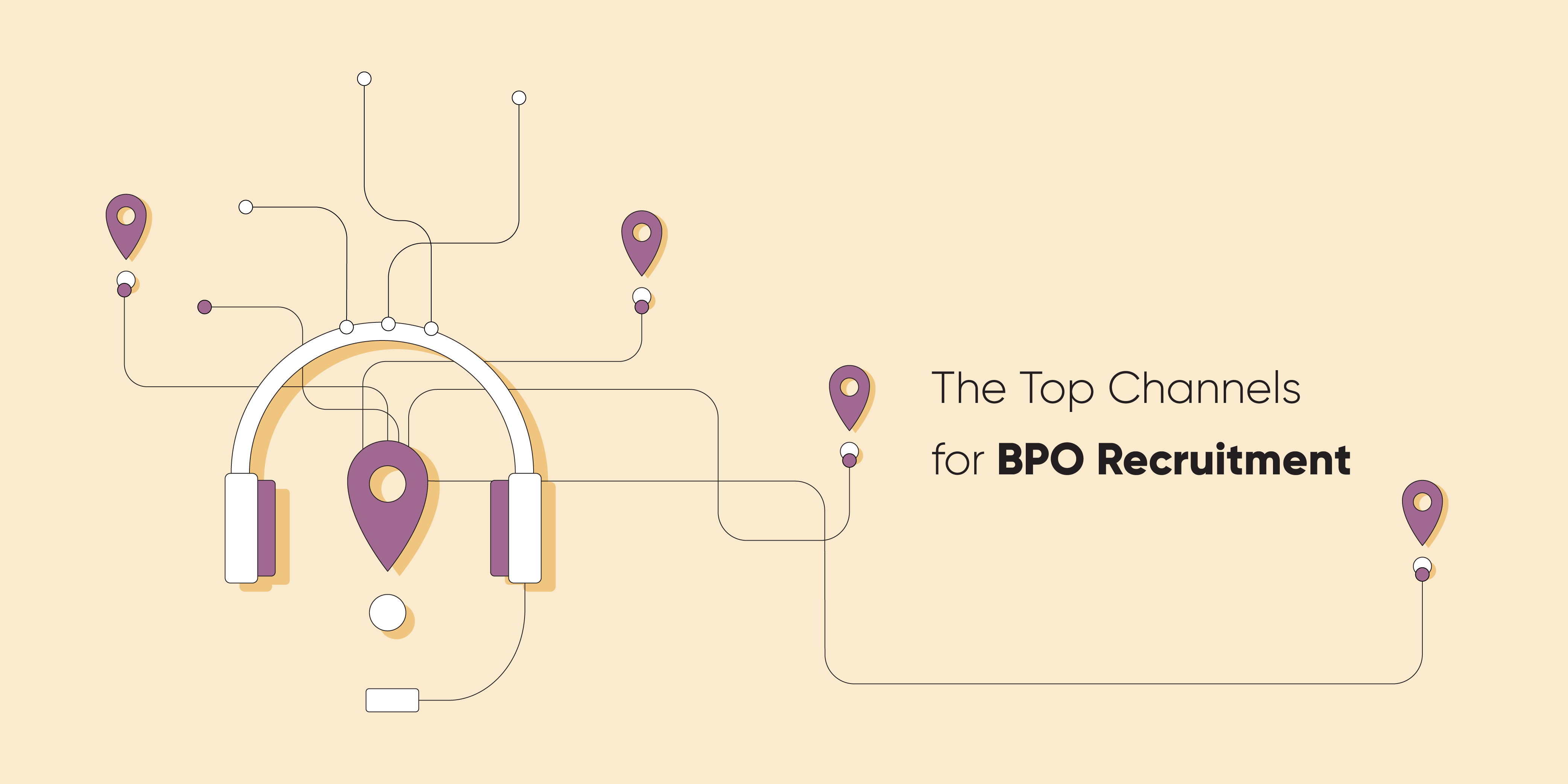When it comes to hiring, reputation matters. Not only can your employer brand influence people when deciding whether or not to apply for a position at your company in the first place, it can also have a tremendous impact on how costly it is to hire and retain them once they do so. To wit, research by the Harvard Business Review found that employers with a poor reputation had to offer a 10% higher salary than employers with a better reputation in order to get applicants to accept a position. Compound this over dozens or hundreds of hires and you could be looking at millions of dollars spent combatting the effects of a poor employer brand. By contrast, the added value of a good reputation (i.e. a strong employer brand) can be just as significant, making your business more competitive when it comes to attracting high quality talent in an increasingly cutthroat marketplace. But how, exactly, does your employer brand translate into measurable ROI?
More Candidates Will Come to You
The value of your reputation as an employer begins with your ability to get high quality people into your talent pipeline. Mostly, this will happen through outreach and recruitment marketing, but one of the most marked benefits of successfully positioning your company as a desirable place to work is that more candidates will actively seek you out and apply for positions through your career site. In a job market in which the highest quality candidates can essentially sit down and decide which employers they’re interested in (rather than scrolling through job listings on traditional recruitment platforms in the hopes of finding a good fit), being top of mind for these applicants can be huge boon. Often, these candidates even move through the hiring process more quickly because they have a higher baseline of knowledge about your company and its unique values, mission, and employee value proposition (EVP).
Obviously, recruitment marketers shouldn’t count on a huge percentage of their talent pool fitting this description (in large part because it would exclude passive job seekers from the recruiting pipeline), but it is one of the most potent examples of the variety of ways in which your brand can speed up, smooth out, and reduce costs for the entire talent acquisition process.
More Receptive Candidates
Another key way in which building awareness for your employer brand and successfully communicating your EVP can streamline recruitment is by bolstering the receptivity of candidates who are familiar with your company. What, exactly, do we mean by receptivity? Essentially, that potential applicants will be more willing to engage with your company and its messaging. For instance, LinkedIn recently found that businesses with a strong employer brand are 31% more likely to get a response from candidates they approached via LinkedIn’s messaging functionality. Though the study was specific to LinkedIn, it is suggestive of a larger truth: that when potential applicants already have a positive outlook on your company, they will be much more interested in hearing from you, and, ultimately, in working for you if your company proves to be a good fit. It’s for this reason, among others, that LinkedIn found a 43% decrease in cost per hire for businesses with a strong employer brand (again, using LinkedIn in particular as a platform).
To some of you, this will make intuitive sense, in part because you understand that a healthy talent pipeline (which is in many ways directly tied to the image you present to potential candidates) reduces recruiting costs overall. But let’s look at it another way: when spending money and time trying to hire a candidate, many of your resources are poured into educating each individual applicant about your company and what makes it a unique place to work. If your reputation precedes you, you can reach people with this information on a much larger scale. Candidates with a preexisting interest in your company are much more likely to do their own research into your business model, opportunities for advancement, and company culture, just as they are more likely to come into a discussion predisposed towards your mission and values. The upshot is that your recruiters and hiring managers can spend less time providing information and convincing potential recruits of your EVP, and thus a general reduction in resource usage for any given hire. Instead of communicating with each potential hire one on one, your businesses can now communicate with engaged applicants en masse, reaching them more successfully on the strength of your image as an employer.
More, Better Applicants
The process described above, in which a stronger recruitment brand leads to more engaged, well-informed candidates can also have the effect of giving poor culture fits the chance to self-select out of the recruitment process, directly increasing the proportion of applicants who are at least reasonably well suited to your company. That said, this element of self-selection shouldn’t lead to a downturn in total applicants. On the contrary, the same LinkedIn study cited above found that businesses with a strong employer brand typically receive more than double the number of applicants per job post compared with businesses whose brands were weaker. The exact nature of your applicant funnel will determine the precise ROI of this influx of interested, qualified candidates, but the end result will almost certainly be more efficient recruitment in terms of both time and resource usage. In this way, it makes sense to think of any investment in building and promoting your employer brand as just that: an investment—a down payment on the interest and attention of applicants who some day soon might be your team members.








